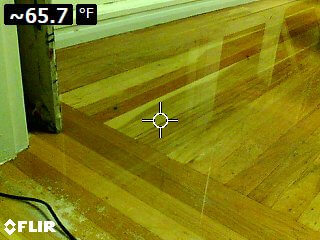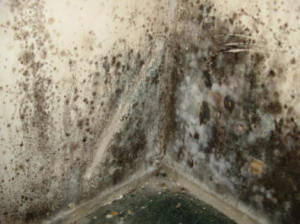Flood Safety San Francisco
When your home or business is damaged by water, whether  from a plumbing problem, hurricane, roof leak, or other difficulties, it is natural to feel a bit panicked and distressed about what to do next. However, it is essential to decide within 24 to 48 hours of the incident if you have the time, energy, knowledge and equipment to take care of it yourself, or if you may need to call in experts that specialize in water damage restoration and remediation (mold removal and cleanup).
from a plumbing problem, hurricane, roof leak, or other difficulties, it is natural to feel a bit panicked and distressed about what to do next. However, it is essential to decide within 24 to 48 hours of the incident if you have the time, energy, knowledge and equipment to take care of it yourself, or if you may need to call in experts that specialize in water damage restoration and remediation (mold removal and cleanup).
The longer the water sits and stagnates, the greater the chance of more long-term damage from mold, mildew, rot and rust. If you decide to take on all or even part of the restoration on your own, there are some potential perils that you must be aware of first.
Electricity and Gas
Before entering any flooded area, you must have the proper protective gear. Wear boots, work gloves, eye protection and a face mask or respirator. Long sleeves and pants are also a good idea. The first step in restoration is to make sure the electricity and gas are turned off completely. Electrical dangers to watch out for include shock, fire or electrocution from submerged wiring, appliances, and flooded electrical circuits. Damaged gas lines can leak, posing the danger of fire, explosion, or poisoning. An electrician should inspect the whole system to determine if it is safe to turn it back on after cleanup.
 Mold and Other Contaminants
Mold and Other Contaminants
Flood water or standing water can be a breeding ground for all sorts of nasty contaminants, including sewage, bacteria, pesticides, algae, viruses and mold. Some types of mold are extremely toxic, so always wear a mask or respirator and eye protection to minimize contact with mold spores, which can be airborne. Water that may have sewage in it is highly unsanitary and may contain deadly bacteria. Every surface must be cleaned and disinfected with a bleach and water solution to kill germs and prevent mold growth. If you are using gas-powered pumps or generators in your cleanup efforts, never use them indoors because of the risk of carbon monoxide poisoning, which can be fatal.
Structural Instability
Flooding can cause a lot of structural damage that is not always easily seen. The roof, walls or the foundation can be weakened to the point of collapse. If you see a sagging ceiling or cracks in the foundation, it may not be safe to enter the building. Also watch out for hazards such as nails, broken glass, wires, and other debris that can be hidden beneath muddy water. When pumping the water out, you should pump out only two to three feet of water a day. Draining too much water at once can cause the walls to cave in from the outside pressure.
Dangerous Wildlife
After a flood, many animals are displaced from their habitats, and some can end up in your flooded home. Rodents can carry rabies and other diseases, and poisonous snakes that are attracted to the mice or rats may also be in flooded areas. Remove debris with a shovel rather than your hands, and always wear thick gloves and boots. If you do encounter a snake, don’t make any sudden movements, and call animal control as soon as possible.
Having a flooded home can be quite traumatic and you might feel as if your home will never be the same again. However, though water damage restoration jobs are difficult, if you act fast and follow appropriate safety measures, it is possible to repair your property and take steps to prevent future water damage.
